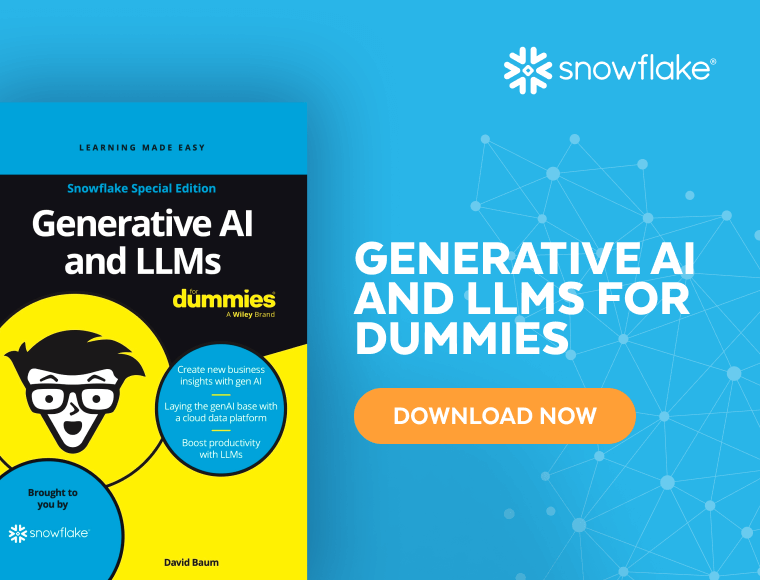What are LLMs, and how are they used in generative AI?
When ChatGPT arrived in November 2022, it made mainstream the idea that generative artificial intelligence (genAI) could be used by companies and consumers to automate tasks, help with creative ideas, and even code software.
The Role of LLMs in Generative AI
If you need to boil down an email or chat thread into a concise summary, a chatbot such as OpenAI’s ChatGPT or Google’s Bard can do that. If you need to spruce up your resume with more eloquent language and impressive bullet points, AI can help. Want some ideas for a new marketing or ad campaign? Generative AI to the rescue.

ChatGPT stands for chatbot generative pre-trained transformer. The chatbot’s foundation is the GPT large language model (LLM), a computer algorithm that processes natural language inputs and predicts the next word based on what it’s already seen.
Understanding LLMs

In the simplest of terms, LLMs are next-word prediction engines.
Popular LLMs include open models such as Google’s LaMDA, PaLM LLM (the basis for Bard), Hugging Face’s BLOOM, XLM-RoBERTa, Nvidia’s NeMO LLM, XLNet, Co:here, and GLM-130B.
Training and Development of LLMs
LLMs are a type of AI that are trained on a massive trove of articles, Wikipedia entries, books, internet-based resources, and other input to produce human-like responses to natural language queries.

Training up an LLM requires massive server farms, or supercomputers, with enough compute power to tackle billions of parameters.
Parameter Control and Biases
LLMs are controlled by parameters, ranging from millions to trillions. OpenAI’s GPT-3 LLM has 175 billion parameters, and newer models like GPT-4 purportedly have 1 trillion parameters.

Unintended biases can be introduced by LLM developers and self-supervised data collection from the internet. Efforts are being made to address biases in language models for more equitable outcomes.
Prompt Engineering and Future Applications
Enterprises are utilizing prompt engineering to customize LLMs for specific industry or organizational use. Prompt engineering is poised to become a vital skill for IT and business professionals.
Today, chatbots based on LLMs are commonly used for web-chat interfaces, search engines, and automated customer assistance. With evolving technologies, prompt engineering is shaping the future of AI applications.
LLMs play a crucial role in generative AI, powering a range of applications and innovations in the field of artificial intelligence.




















